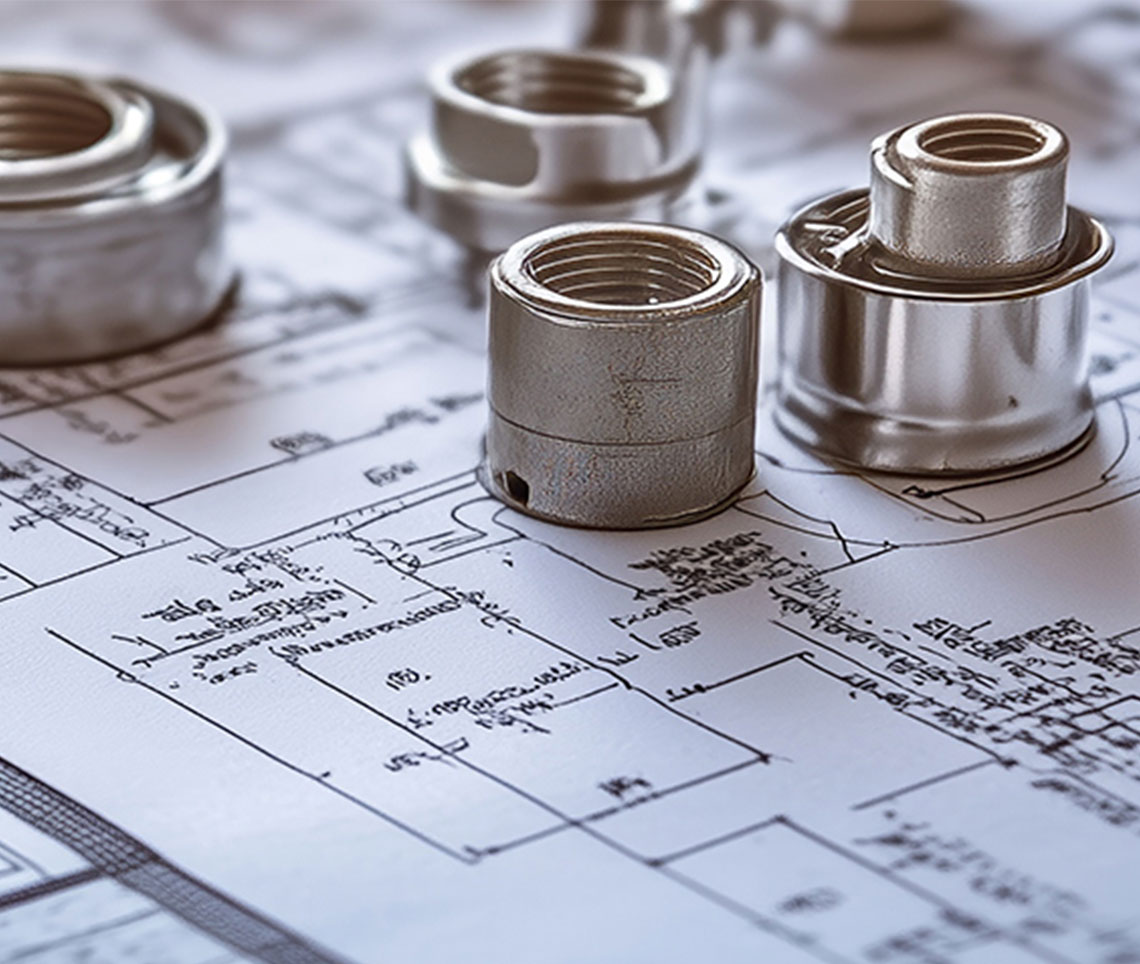Testing Heat Exchangers
November 12, 2019 Jeff Rosenblum
The first rule for checking a heat exchanger is to always follow the manufacturer’s directions for testing heat exchangers. Another good source of information is the AHRI Guidelines.
Testing and verifying that the heat exchangers are solid with no holes, cracks or voids should be done on every maintenance.
A couple things worth mentioning:
- Most heat exchangers are at a negative pressure in reference to the air moving over the heat exchanger. This means that the air from the return will move into the exchanger, rather than combustion gasses moving into the airstream. This means that a crack doesn’t always mean that there is CO in the air.
- As long as we have complete combustion, there shouldn’t be any significant CO (Carbon Monoxide) in the flue. Under 100PPM and stable is acceptable.
To be clear, if there are any cracks in the heat exchanger it needs to be replaced.
If we rely on only a visual inspection to find an issue we can easily miss problems (including cracks) that our eyes can’t see. So here are some suggestions on how to find cracked heat exchangers and other furnace safety issues.
Ambient Carbon Monoxide
One of the first things you should do is measure ambient CO with a combustion analyzer in the conditioned space while the heat is running. Anything other than ZERO ambient carbon monoxide is worth investigating. This doesn’t mean that the furnace is necessarily at fault. Keep in mind, smoking indoors or cooking can increase ambient CO above zero but if you see it, take the time to investigate.
Flame Displacement
One of the oldest ways to check for heat exchanger cracks is to simply observe the flame when the blower starts. Most furnaces will have a blower delay allowing the heat exchangers to become warm before the blower starts. This procedure is as simple as watching the flame and observing if the flame moves or changes when the blower starts.
Because the burner is isolated from the indoor airstream, there should be no change in the flame when the blower starts. If there is, start looking for a crack or leakage between the heat exchanger and the air stream.
Combustion Analysis
Testing combustion won’t necessarily tell you if you have a crack, but it will tell you if you have high CO. Testing will verify that the equipment is operating without CO.
Exchanger Isolation Pressure Test
When you suspect the system may have a defect in the heat exchanger, another test you can do is place a manometer probe in the exchanger and seal off the inlet/outlet of the exchanger as best you can (make sure the gas is off). Next, turn on the blower and see if there is a change on your meter. Any change is indicates a heat exchanger leak.
Visual Inspection
In some cases, a traditional visual inspection makes the most sense. You can inspect by either removing the blower or the high limit (or both) and use a mirror or scope to inspect. When you do find a crack, the furnace should either be repaired or replaced.
If you do find exchanger cracks on newer units you should also look for causes like low airflow, incorrect orifice size or over firing that could have caused the issue.
Always keep an eye out for potential issues and look beyond the box. This way we can keep our customers safe.
Jeff Rosenblum
Technical Support
20 Years Industry Experience
Cell (330) 962-2491
[email protected]















